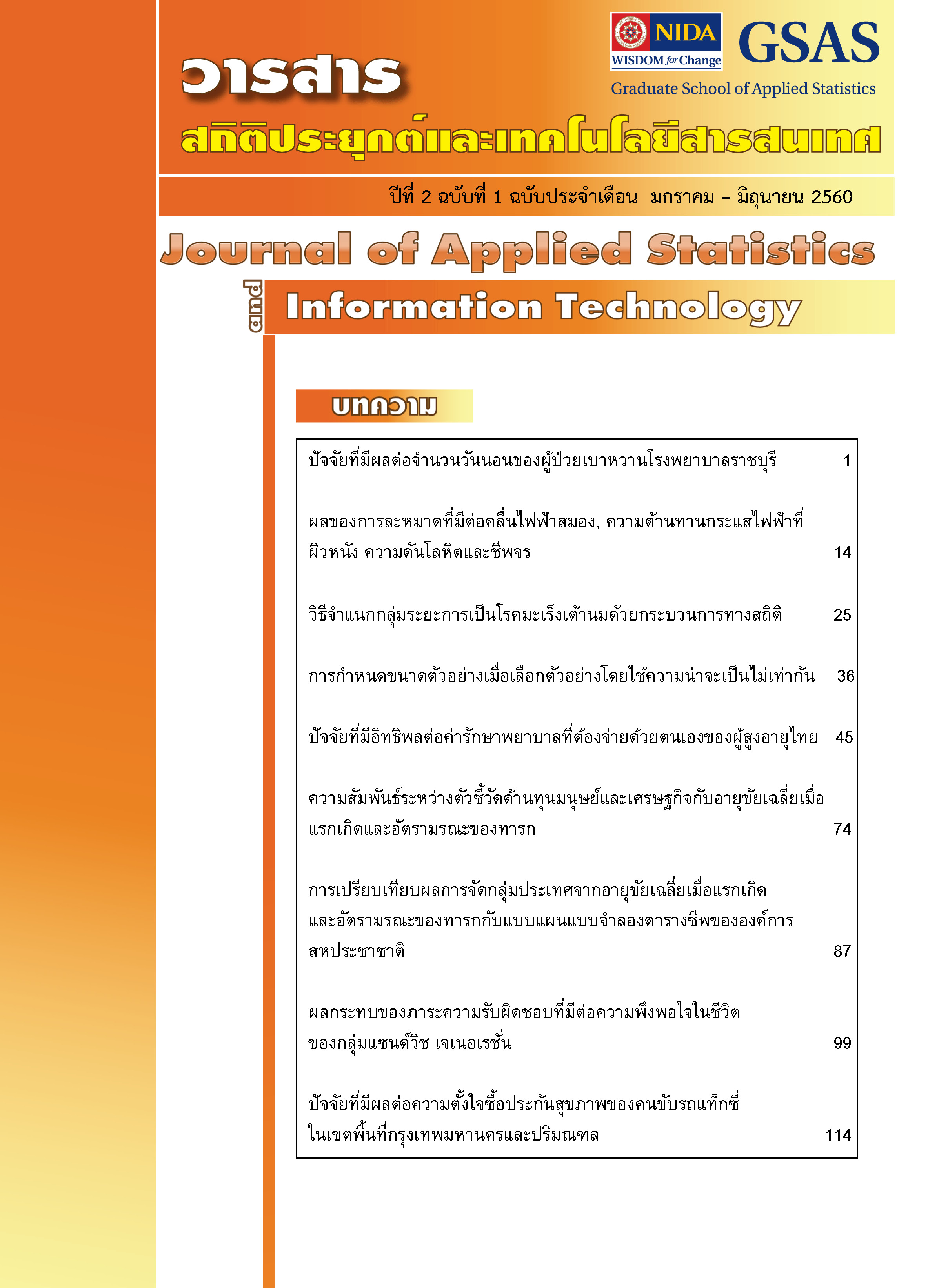Effect of Muslims praying (Salat) on Electroencephalograph (EEG), Galvanic Skin Response (GSR), Blood pressure (BP) and Pulse
Keywords:
Salat practices, Hypothesis testing, Electroencephalograph (EEG), Galvanic Skin Response (GSR), Blood pressure (BP) and pulseAbstract
This research aims to study the difference of mean electroencephalograph (EEG), Galvanic Skin Response (GSR), Blood pressure (BP) and Pulse between before and after Salat practices, and also between male and female. In this research, 20 participants were selected (10 males and 10 females) who are strongly familiar with Salat practices. The results are, firstly the difference of mean gamma and beta EEG power between before and after Salat practices were statistically significant ( ). In addition the difference of mean EEG between males and females are significant difference ( ). Secondly, according to the graph the rate of GSR after Salat practice lower than before Salat practice and the difference of mean BP and Pulse between before and after Salat practices is not significant. Moreover, the mean of BP between male and female are significant difference( ) in Systolic BP, but it does not find the difference in Diastolic BP and Pulse. Such results are important and lead the researcher to study other forms of meditation.
References
Afia Frimpomaa Asare. (2016). Pharmacist-LED Hypertension Detection and Management Services in the Ghanaian Community Pharmacy: An Exploratory Study. A Thesis submitted to the Department of Clinical and Social Pharmacy, Faculty of Pharmacy and Pharmaceutical Sciences, College of Health Sciences In partial fulfilment of the requirements for the degree of Doctor of Philosophy.
Chow, S.-C., Shao, J.,&Wang, H. (2003). Sample Size Calculations in Clinical Research (2nd ed.). Chapman&Hall/CRC, 51 p.
Clarke A.R., Barry R.J., McCarthy R, Selikowitz M. (2001). Age and sex effects in the EEG: development of the normal child. Clinical Neurophysiology, 112 (5), 806–814.
Doufesh, H., Ibrahim F., Ismail N., Ahmad. (2013). Assessment of heart rates and blood pressure in different Salat positions. Journal of Physical Therapy Science, 25 (2), 2011-2014.
Doufesh, H., Ibrahim, F., Safari, M. (2016). Effects of Muslims praying (Salat) on EEG gamma activity. Complementary Therapies in Clinical Practice, 24, 6-10.
Ibrahim F, Abas WA, Cheok NS. (2008). Salat: benefit from the science perspective. Kuala Lumpur University of Malaya, 24–25.
Jane F. Reckelhoff,. (2001). Gender Differences in the Regulation of Blood Pressure. American Heart Association, Inc., 37 (5), 1199-1208.
M. Lars, B. Kerstin, L. Rafael, K. Peter, M. Ernst, J. Daniel, B. Daniel. (2010). Simultaneous EEG-fMRI during a working memory task: modulations in low and high frequency bands. PLoS One, 5.
Nakasone, A.; Prendinger, H., Ishizuka, M. (2005). Emotion Recognition from Electromyography and Skin Conductance. In Proc. BSI 2005, 219-222.
Ngamjarus C., Chongsuvivatwong V. (2014). n4Studies: Sample size and power calculations for android. The Royal Golden Jubilee Ph.D. Program - The Thailand Research Fund&Prince of Songkla University.
Ray, William J.; Cole, Harry W. (1985). EEG alpha activity reflects attentional demands, and beta activity reflects
emotional and cognitive processes, SCIENCE, 228.
Setz, C., Arnrich, B., Schumm, J., La Marca, R., Tr¨oster, G. (2010). Discriminating Stress from Cognitive Load Using a Wearable EDA Device. Technology, 14 (2), 410-417.
Umetani K, Singer DH, McCraty R, Atkinson M. (1998). Twenty-four hour time domain heart rate variability and heart rate: relations to age and gender over nine decades. J Am Coll Cardiol, 31, 593–601.
Watanabe N, Reece J, Polus BI. (2007). Effects of body position on autonomic regulation of cardiovascular function in young, healthy adults. Chiropr Osteopat, 15, 19.
Yu Shi, Natalie Ruiz, Ronnie Taib, Eric Choi, Fang Chen. (2007). Galvanic skin response (GSR) as an index of cognitive load. CHI'07 extended abstracts on Human factors in computing systems, 2651-2656.
Downloads
Published
How to Cite
Issue
Section
License
เนื้อหาและข้อมูลที่ปรากฏในบทความที่ตีพิมพ์ในวารสารสถิติประยุกต์และเทคโนโลยีสารสนเทศถือเป็นความคิดเห็นส่วนบุคคลของผู้เขียนแต่ละท่าน ความผิดพลาดของข้อความและผลที่อาจเกิดจากนำข้อความเหล่านั้นไปใช้ผู้เขียนบทความจะเป็นผู้รับผิดชอบแต่เพียงผู้เดียว บทความ ข้อมูล เนื้อหา รูปภาพ ฯลฯ ที่ได้รับการตีพิมพ์ในวารสารถือเป็นลิขสิทธิ์ของวารสาร หากบุคคลหรือหน่วยงานใดต้องการนำทั้งหมดหรือส่วนหนึ่งส่วนใดไปเผยแพร่ต่อหรือเพื่อกระทำการใดๆ จะต้องได้รับอนุญาตเป็นลายลักอักษรณ์จากวารสาร ก่อนเท่านั้น



